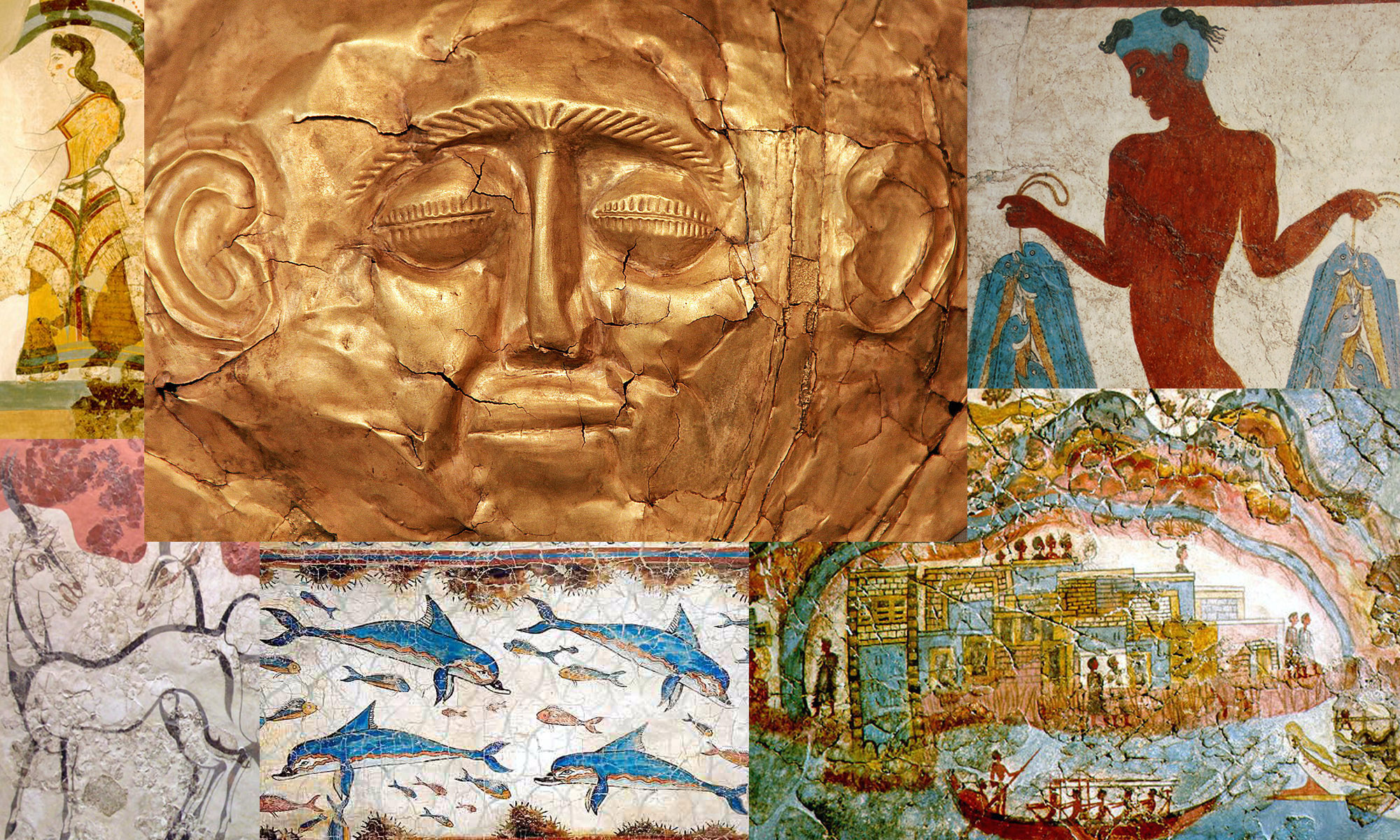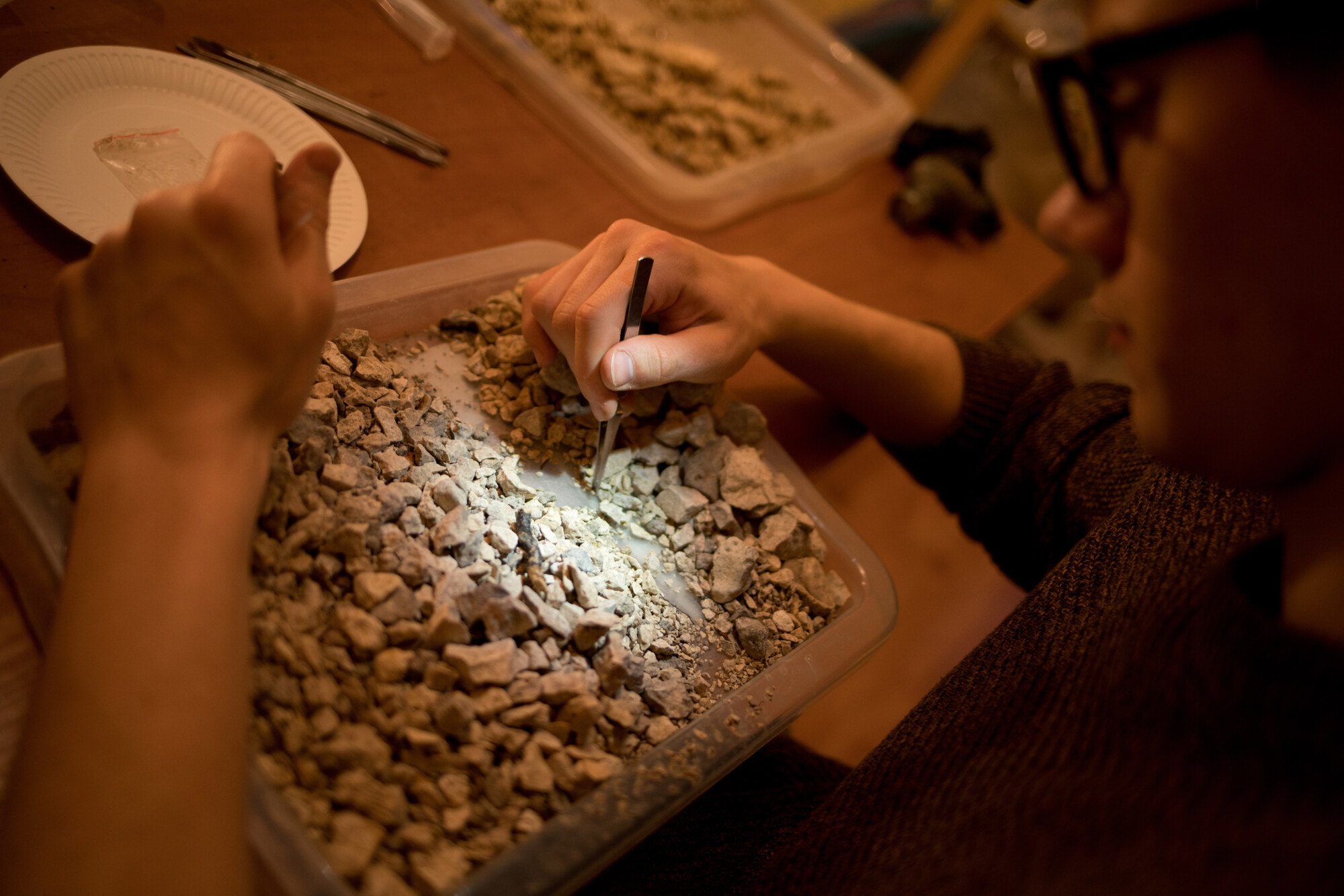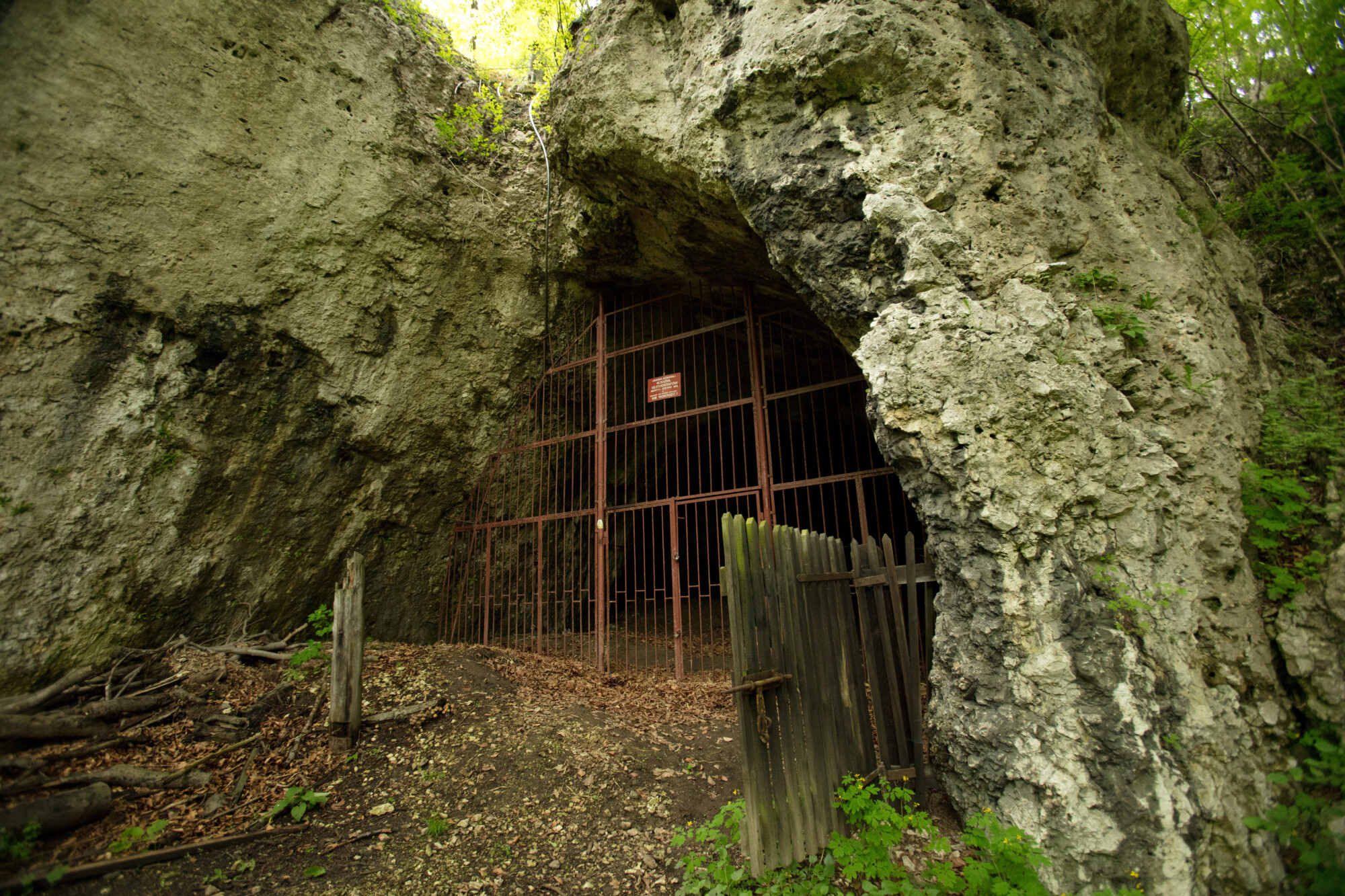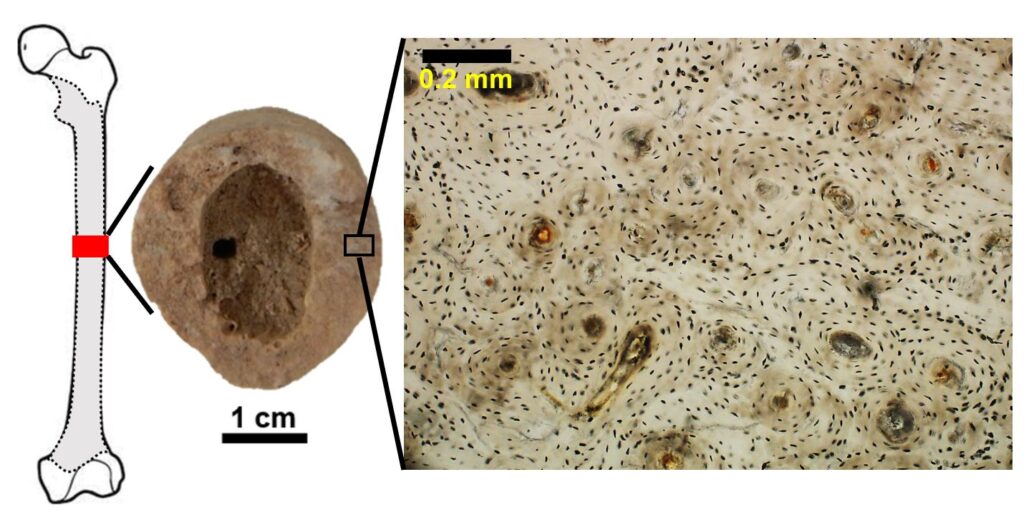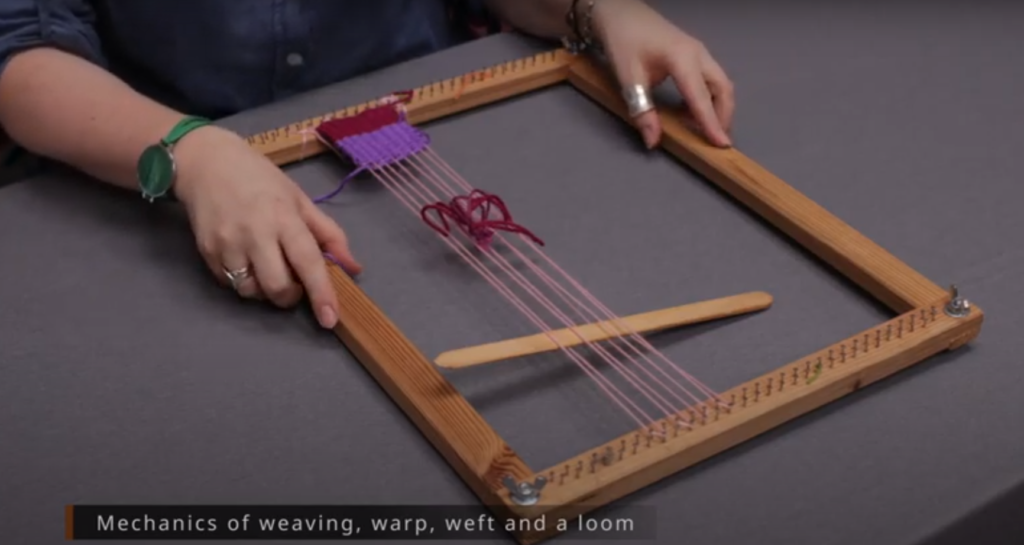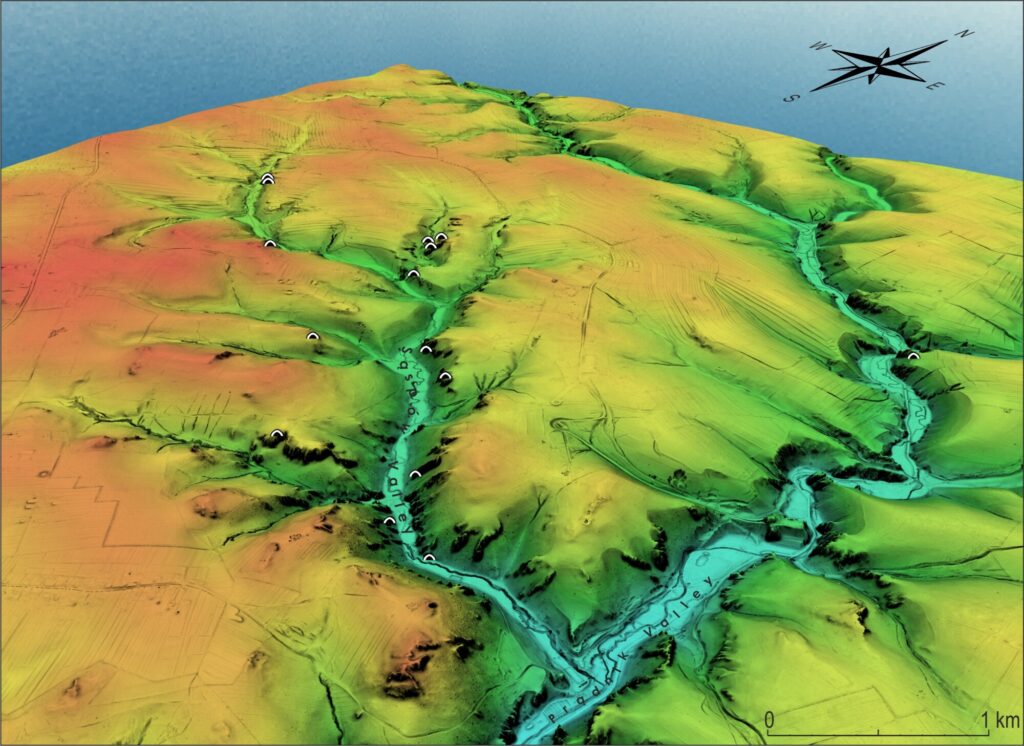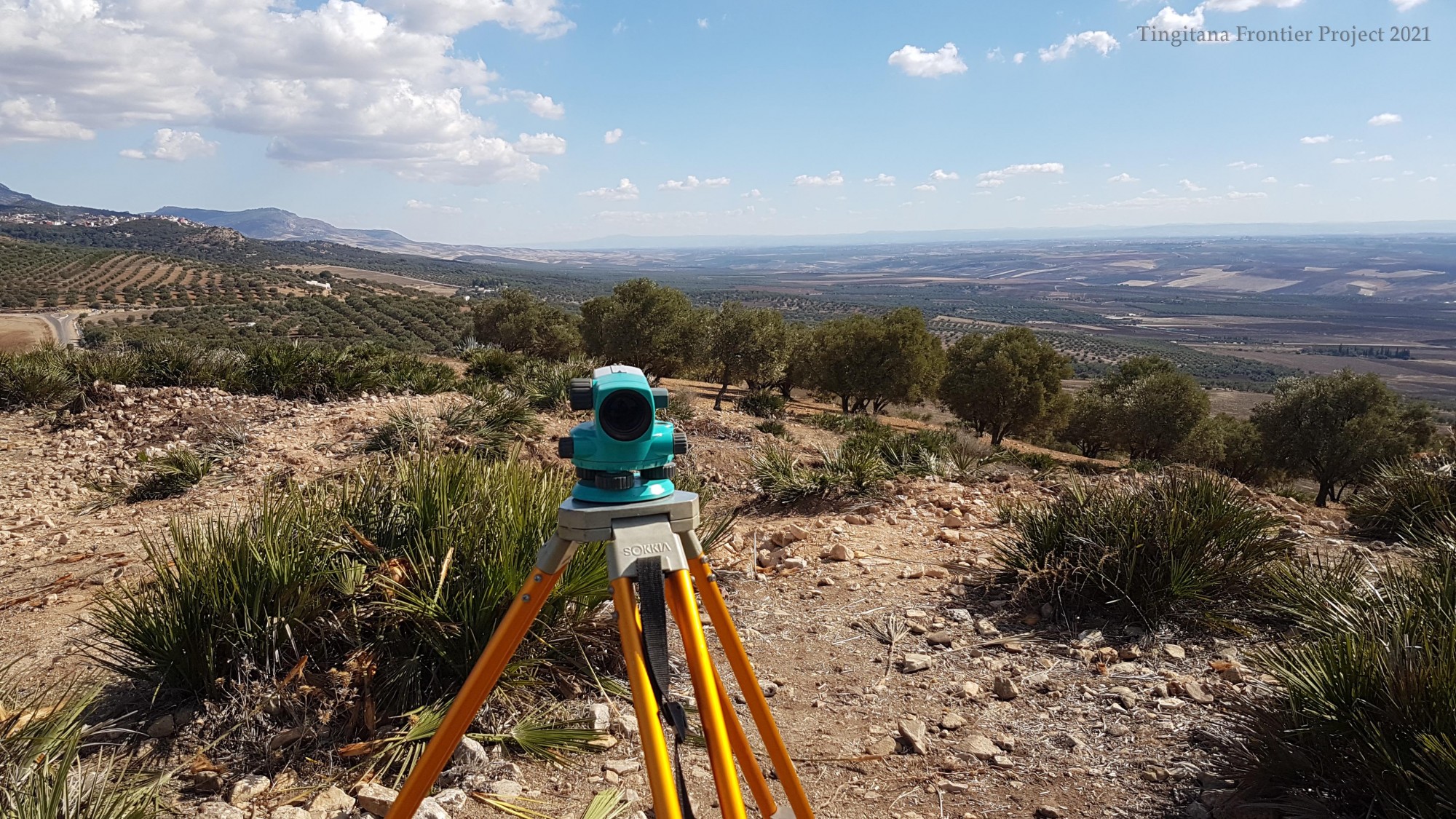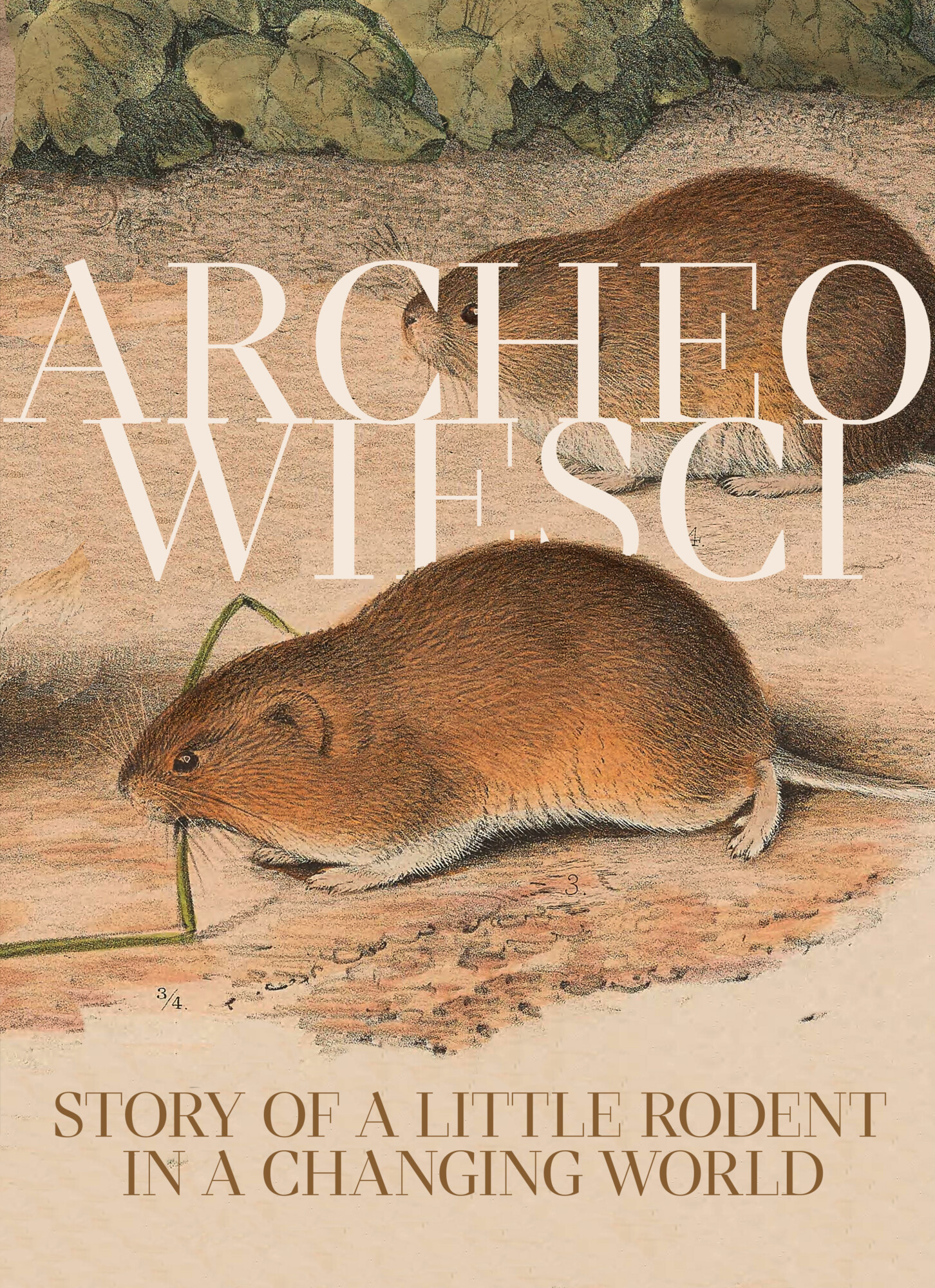
The summer of 9,750 BC (or 11,700 years before present) was warmer and rainier than usual in the area of the Kraków-Częstochowa Upland. At sunset, a solitary narrow-headed vole was walking across the hills, down to the Sąspow River and up to the highlands, in search of its favourite food to store for the winter, mainly shoots of grasses and sedges, every year more and more scarce and harder to find due to the advance of the forest. These were times of changes: only a few decades before, his great-grandparents were living in a suitable tundra environment with all the necessities: enough food in the summer, enough snow and ice in the winter to store their favourite grass seeds; in all the valleys were plenty of voles of his kind. Now all had changed. The solitary rodent was starving; he was the last of his kind in southern Poland. All his “family” moved northwards a long time ago because of global warming and the advance of the great forest.
Continue reading “The story of a little rodent in a changing world”
